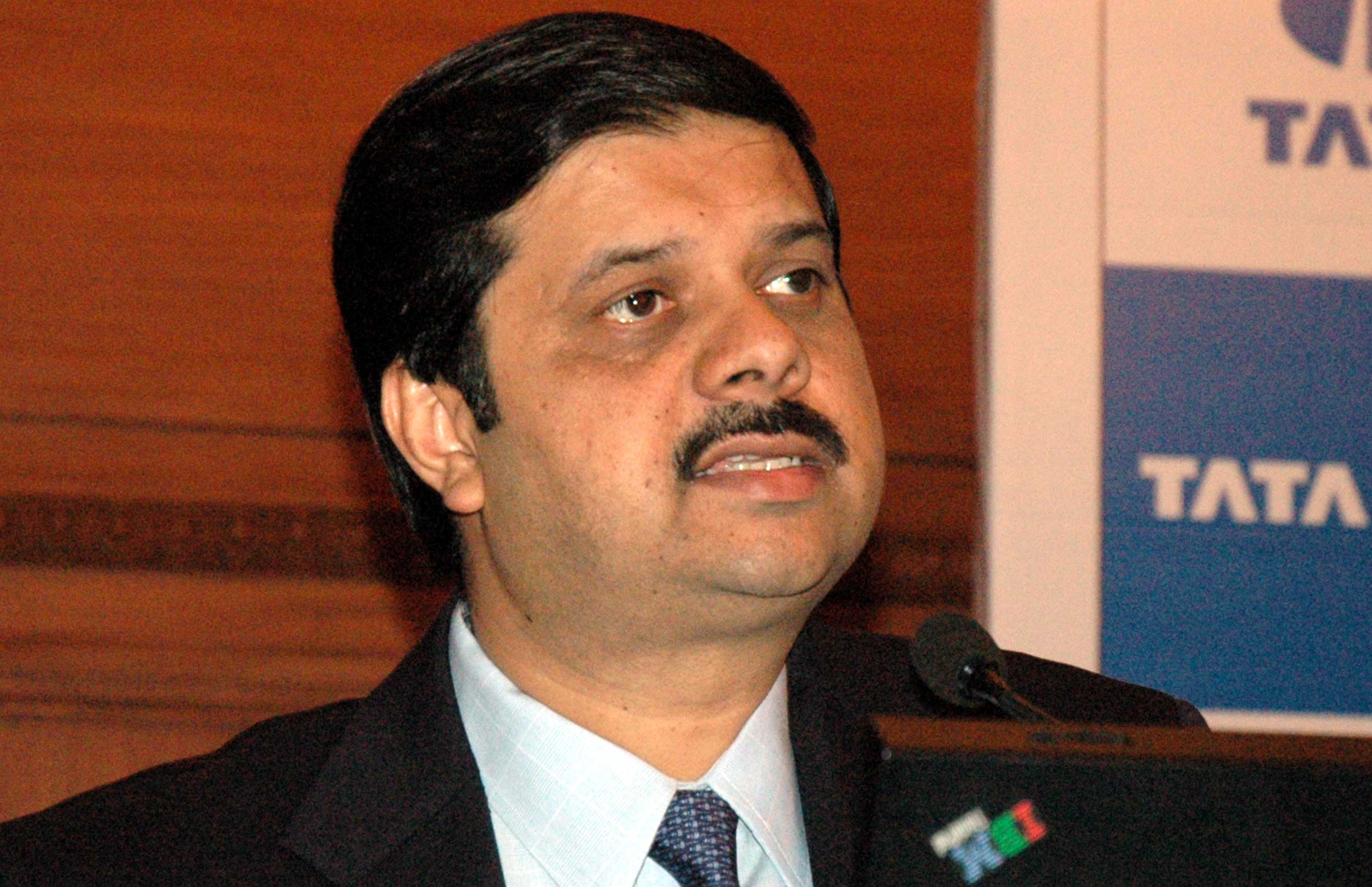Tata Steel may look at commercial mining as a business opportunity, drawing on its expertise in the exploration and production of coal and iron ore for more than a century.
The company is exploring the possibility of entering the merchant mining space and bidding for mines when they are put up for auction.
“It is important for us to look at mining as an area. This is what we are evaluating just now to see how we can get into mining as a business and focusing on India,” Koushik Chatterjee, executive director & CFO of Tata Steel, said.
He was responding to shareholders’ questions at the annual general meeting of Tata Metaliks, a subsidiary of Tata Steel, in Calcutta on Tuesday.
The company is the second largest miner of iron ore in India after NMDC. The mines, spread across Jharkhand and Odisha, are for captive use, feeding its plants at Jamshedpur, Kalinganagar and Angul.
Tata Steel also mines ferro alloys such as chromite and manganese for captive use. Some bit of the production is also sold in the market.
In 2018-19, Tata Steel mined 23.3 million tonnes of iron ore and 6.54 million tonnes of coal, meeting 100 per cent and 27 per cent of its requirements, respectively. It has plans to scale up mining from the existing captive sources to support additional steel making capacity at Kalinganagar and newly acquired Angul plant of erstwhile Bhushan Steel.
However, if the company gets into merchant mining, it will be free to sell the produce in the market to a third party.
The exploration of commercial mining is part of a larger consolidation exercise taken up by Tata Steel to streamline businesses under four verticals — long products, downstream, mining, infrastructure and utilities.
As part of the group structure simplification drive, which could take up to a year to pan out because of various regulatory requirements, several small subsidiaries will be consolidated to bring them under these broad verticals.
For instance, Tata Sponge has been renamed Tata Long Products and the steel business of Usha Martin has been brought under it.
Tata Metaliks
The company is doubling the capacity of ductile iron pipes from two lakh tonnes to four lakh tonnes, augmenting its mini blast furnace and installing a 15 mega watt captive power plant in Kharagpur.
Moreover, it will produce a wider range of DI pipes to meet customers’ needs. Chatterjee, who is the chairman of Tata Metaliks, said the company expects a large scope for DI pipe because of the government focus on providing piped water to every household.
The cost of the expansion would be around Rs 622 crore. Once the expansion is complete, 70 per cent of the pig iron produced by TML will be used for DI pipe making. This will bring down its dependence on pig iron and increase the pie of stronger margin DI pipes in the overall business.











